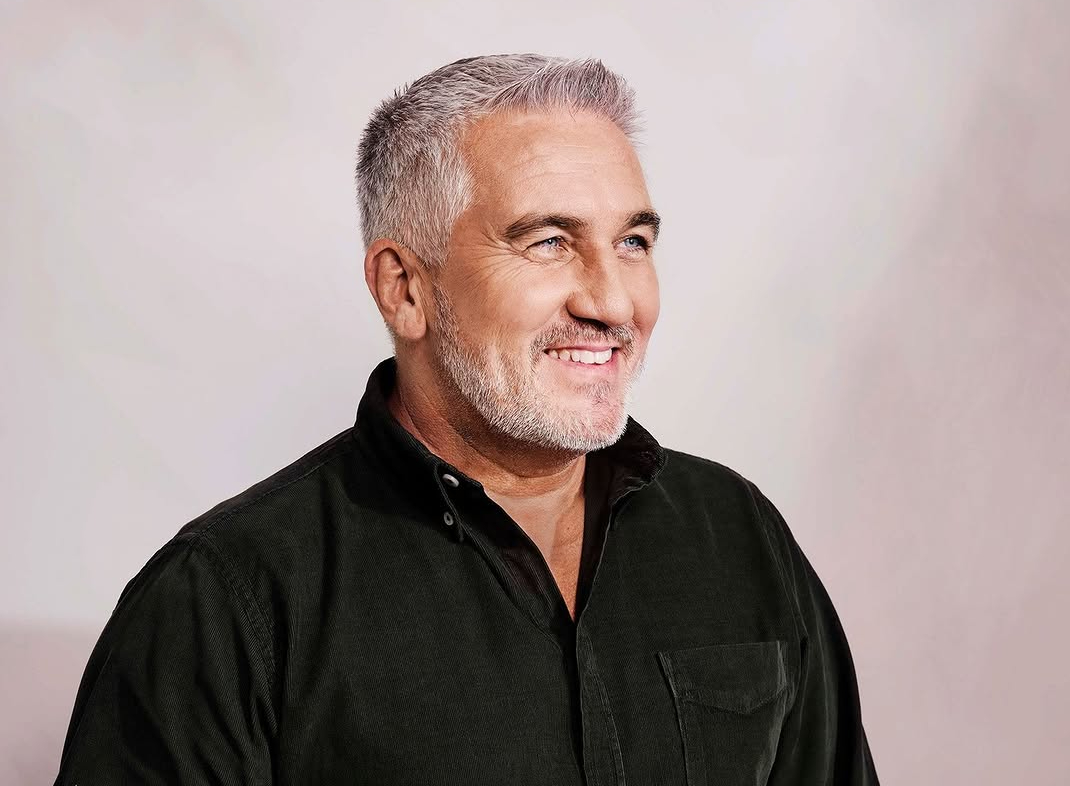Health insurance premiums have climbed to their highest in 15 years, and the “Big Beautiful Bill” adds further uncertainty to coverage. Families and employers are alike alarmed by the financial strain, with most of the debate focused on how to pay for care. On the healthcare side, an equally critical question is how to reduce the need for costly interventions in the first place —- a strategy essential to keeping overall cost under control.
One overlooked driver is the preventable crisis of vascular disease—conditions like peripheral artery disease (PAD), aortic aneurysms, and chronic venous disease—that progress silently until they erupt into emergencies costing billions. With fall and winter approaching, cold weather amplifies these risks, underscoring the urgent need for earlier recognition, smarter screening, and scalable innovations.
The price of this neglect is staggering. Every year, over 100,000 Americans lose a limb due to diabetes and PAD. These amputations, which disproportionately affect Black, Hispanic, and low-income communities, cost more than $11 billion annually. Proven prevention programs slash amputation rates by nearly 40%, saving over $4 billion each year. That’s before you even add the costs of prosthetics, rehab, lost wages, or the cascading toll of disability. And amputations are just one piece. Emergency surgeries for ruptured aneurysms and advanced venous disease pile billions more onto the tab. These are not rare tragedies—they are recurring, predictable, and preventable drains on the healthcare system.
So why aren’t we acting? Because vascular disease doesn’t command the fear or awareness of heart attacks or strokes. People know to rush to the ER for chest pain. But leg pain? Swelling? They brush it off. The result: An epidemic of late detection that bankrupts patients’ futures and inflates all of our premiums.
The fix is not complicated. First, public awareness must catch up to reality. Communities need to know that leg pain, non-healing wounds, or unexplained swelling are not “normal aging”—they are red flags. We have normalized ignoring symptoms until they become catastrophic, and it’s costing lives and money. Hospitals, health systems, and public health leaders should launch awareness campaigns that make vascular warning signs as recognizable as chest pain.
Second, screening needs to move to the front burner. Simple, low-cost tools exist. Ankle-brachial index tests for PAD, ultrasounds for aneurysms—these can be done in primary care offices, urgent care centers, even pharmacies. The people at highest risk—older men, smokers, those with diabetes or hypertension—should not have to wait for disaster to get a checkup. Prevention should be educated and routine, not optional. Even a shortage of vascular specialists is no excuse. Artificial intelligence could make screening and health surveillance a reality. Predictive models can identify high-risk patients from existing health records. Algorithms can flag aneurysms on routine CT scans. Smartphone apps can detect wounds before they fester. These technologies are already shaping the next generation of healthcare. What remains is the will to invest in and integrate them—especially for peripheral vascular diseases—where the gap between potential and practice is still far too wide.
This question may come up: Doesn’t screening cost money? Yes, but far less than what we are already paying. Preventing just a fraction of amputations, ruptures, and advanced venous disease would save billions annually. It’s the rare healthcare strategy that is both lifesaving and cost-saving. At the core, this is not just about vessels. It’s about protecting mobility, independence, and dignity. Every time we prevent an amputation, we preserve a person’s ability to walk, work, and live fully. Every aneurysm caught early is a life spared from sudden death. Every venous disease treated before it ulcerates is suffered.
The truth is plain: Rising premiums are not just about insurance companies or economic cycles. They are about the hidden costs of preventable crises we’ve chosen not to stop. We don’t need another decade of record-breaking premiums. We need to stop paying for preventable disasters. Vascular health is where the savings—and the lives—are waiting.
About the Author: Dr. Wei Zhang is a postdoctoral researcher of Cardiovascular Medicine at Yale University, specializing in vascular surgery and public health, and is a Public Voices fellow with The OpEd Project.











